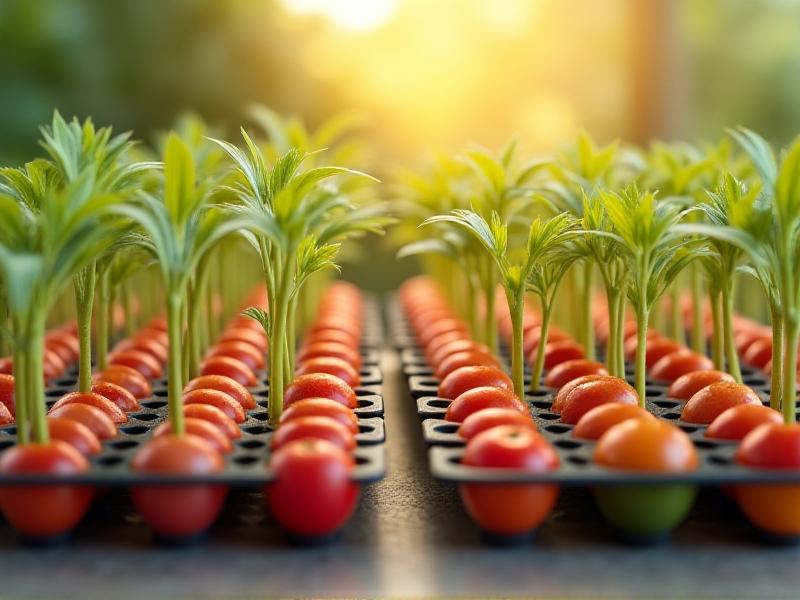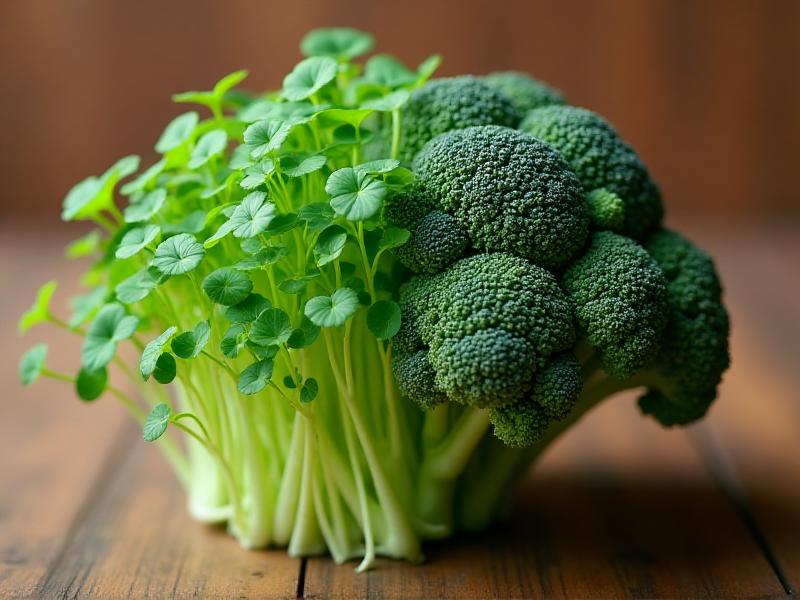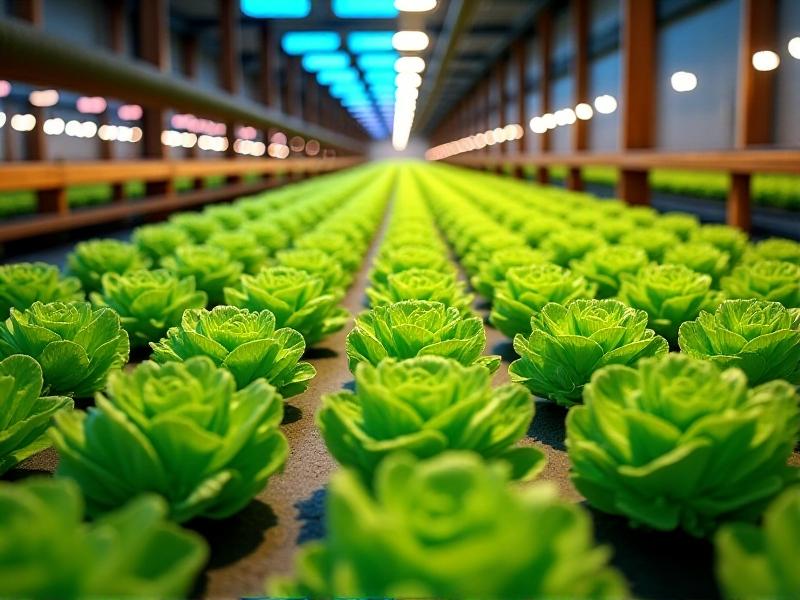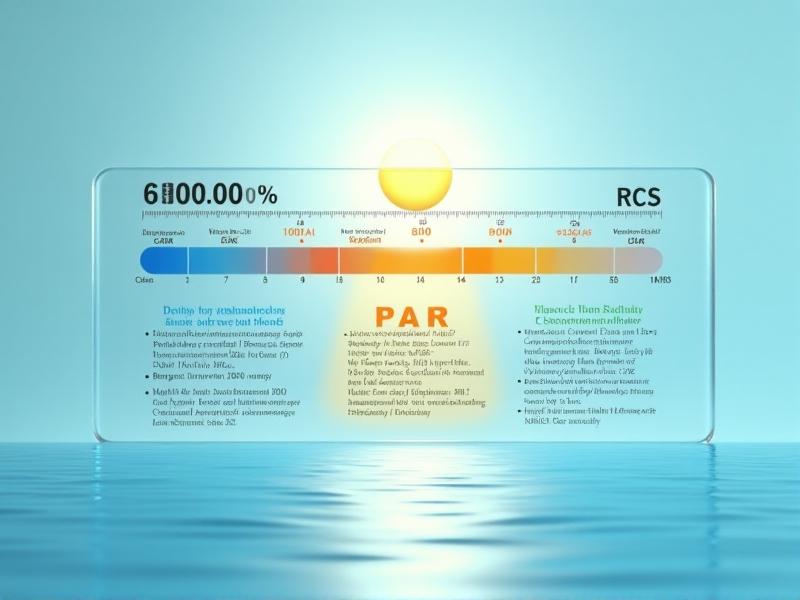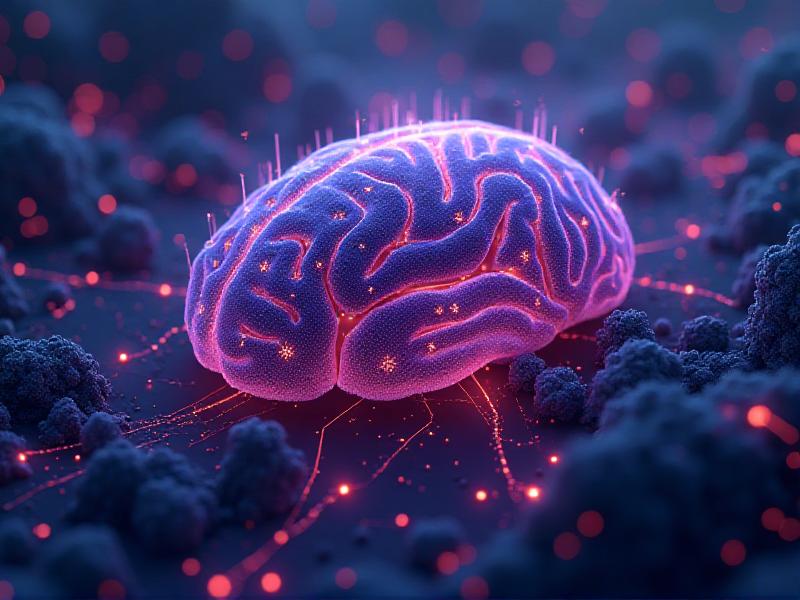Bioavailability of Microgreen Minerals
Understanding Bioavailability: What It Means for Microgreen Minerals
Bioavailability refers to the proportion of a nutrient that is absorbed and utilized by the body after consumption. When it comes to microgreens, this concept is particularly important because these tiny plants are packed with essential minerals like iron, magnesium, and calcium. However, the mere presence of these minerals doesn’t guarantee their effectiveness. Factors such as the form of the mineral, the presence of inhibitors, and the body’s physiological state can influence how well these nutrients are absorbed.
Microgreens, often grown from the seeds of vegetables and herbs, are harvested at an early stage of growth, making them nutrient-dense. Research suggests that the bioavailability of minerals in microgreens can be higher than in their mature counterparts due to their tender cell walls and lower levels of antinutrients like oxalates and phytates, which can bind to minerals and reduce absorption.
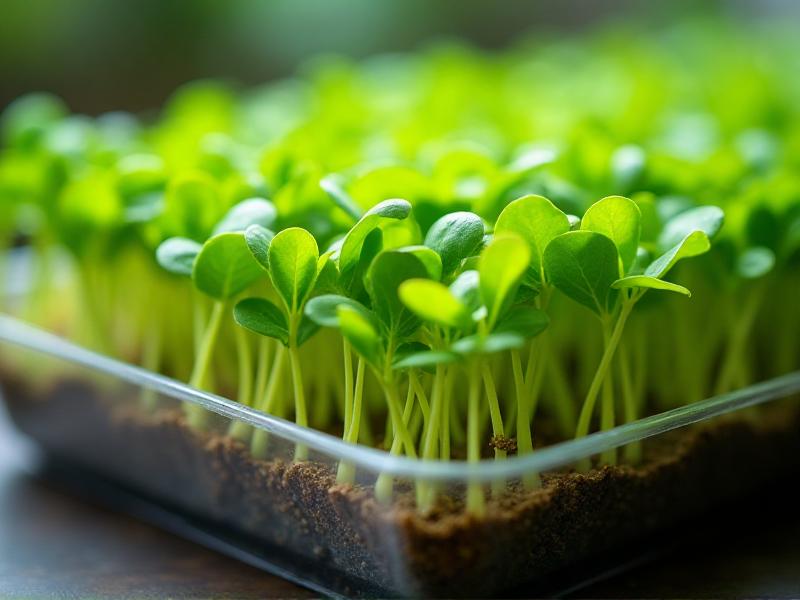
Understanding bioavailability is crucial for anyone looking to maximize the nutritional benefits of microgreens. By exploring the factors that enhance or hinder mineral absorption, we can make informed choices about how to incorporate these superfoods into our diets.
The Mineral Composition of Microgreens: A Nutritional Powerhouse
Microgreens are celebrated for their impressive mineral content, which includes essential nutrients like potassium, magnesium, calcium, and iron. These minerals play vital roles in maintaining bodily functions, from bone health to oxygen transport. Studies have shown that microgreens can contain up to 40 times more nutrients than their mature counterparts, making them a concentrated source of essential minerals.
For example, red cabbage microgreens are rich in vitamin K and calcium, while sunflower microgreens provide a significant amount of magnesium. The diversity of mineral content across different microgreen varieties allows consumers to tailor their intake based on specific nutritional needs.
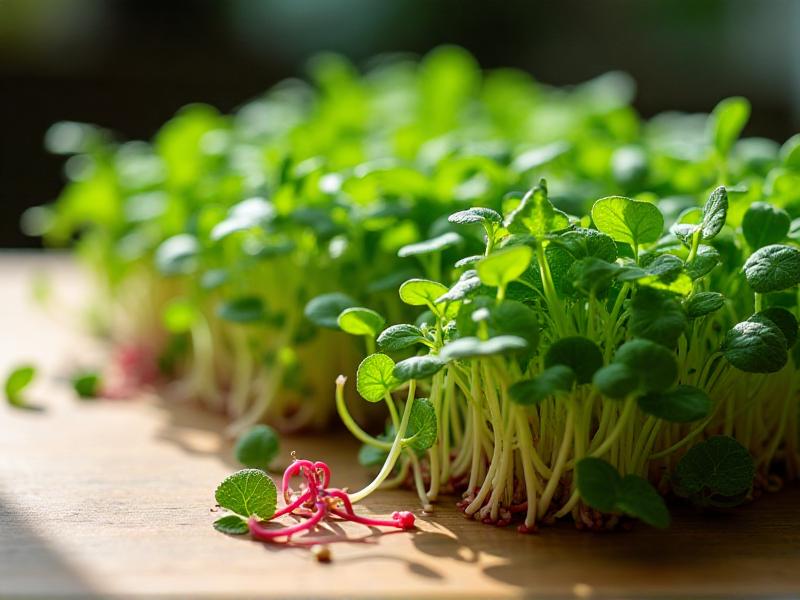
Understanding the mineral composition of microgreens not only highlights their nutritional value but also underscores the importance of variety in a healthy diet. By incorporating different types of microgreens, individuals can ensure they are receiving a broad spectrum of essential minerals.
Factors Influencing Mineral Bioavailability in Microgreens
Several factors can influence the bioavailability of minerals in microgreens. One of the most significant is the presence of antinutrients, such as phytates and oxalates, which can bind to minerals and reduce their absorption. However, microgreens generally contain lower levels of these compounds compared to mature plants, enhancing their mineral bioavailability.
Another factor is the form in which minerals are present. For instance, iron in microgreens is often in the non-heme form, which is less readily absorbed than heme iron found in animal products. However, consuming microgreens with vitamin C-rich foods can enhance iron absorption. Additionally, the growing conditions of microgreens, such as soil quality and light exposure, can impact their mineral content and bioavailability.
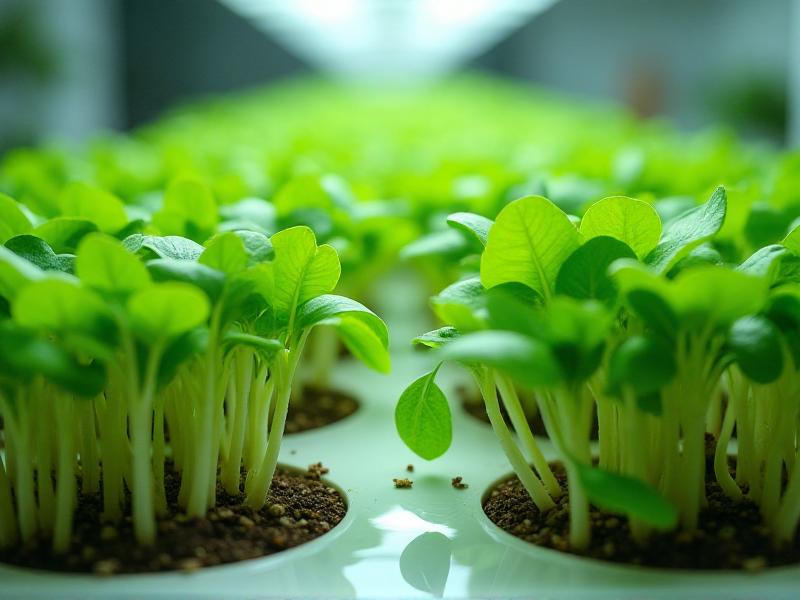
By understanding these factors, growers and consumers can optimize the conditions for growing and consuming microgreens to maximize their mineral bioavailability and nutritional benefits.
The Role of Cooking and Processing on Microgreen Mineral Bioavailability
While microgreens are often consumed raw to preserve their nutrient content, cooking and processing methods can also impact their mineral bioavailability. Light cooking methods, such as steaming or blanching, can reduce the levels of antinutrients like oxalates, potentially enhancing mineral absorption. However, prolonged cooking or high heat can degrade heat-sensitive nutrients and reduce overall bioavailability.
Processing methods, such as juicing or drying, can also affect mineral bioavailability. For example, juicing microgreens can concentrate their nutrients but may also remove fiber, which plays a role in nutrient absorption. Drying microgreens can preserve their mineral content but may reduce the bioavailability of certain nutrients due to oxidation.
Understanding the impact of cooking and processing on microgreen mineral bioavailability can help individuals make informed decisions about how to prepare and consume these nutrient-rich plants.
Enhancing Bioavailability: Pairing Microgreens with Complementary Foods
One effective way to enhance the bioavailability of minerals in microgreens is to pair them with complementary foods. For example, consuming microgreens with vitamin C-rich foods like citrus fruits or bell peppers can significantly improve the absorption of non-heme iron. Similarly, pairing microgreens with healthy fats can enhance the absorption of fat-soluble vitamins like vitamin K, which is abundant in many microgreen varieties.
Another strategy is to include fermented foods in the diet, as they can improve gut health and enhance nutrient absorption. For instance, consuming microgreens with yogurt or kefir can provide probiotics that support a healthy gut microbiome, further boosting mineral bioavailability.
By strategically pairing microgreens with complementary foods, individuals can maximize the bioavailability of their minerals and unlock the full nutritional potential of these superfoods.
The Future of Microgreen Research: Exploring Bioavailability and Beyond
As the popularity of microgreens continues to grow, so does the interest in understanding their nutritional benefits, particularly in terms of mineral bioavailability. Future research could explore the impact of different growing conditions, such as hydroponics versus soil-based cultivation, on the mineral content and bioavailability of microgreens. Additionally, studies could investigate the effects of innovative processing methods, such as freeze-drying or high-pressure processing, on nutrient retention and absorption.
Another promising area of research is the role of the gut microbiome in microgreen mineral bioavailability. Understanding how different gut bacteria interact with microgreen nutrients could lead to personalized dietary recommendations that optimize nutrient absorption based on individual gut health profiles.
By advancing our understanding of microgreen bioavailability, researchers can unlock new ways to enhance the nutritional benefits of these plants and support healthier diets worldwide.
